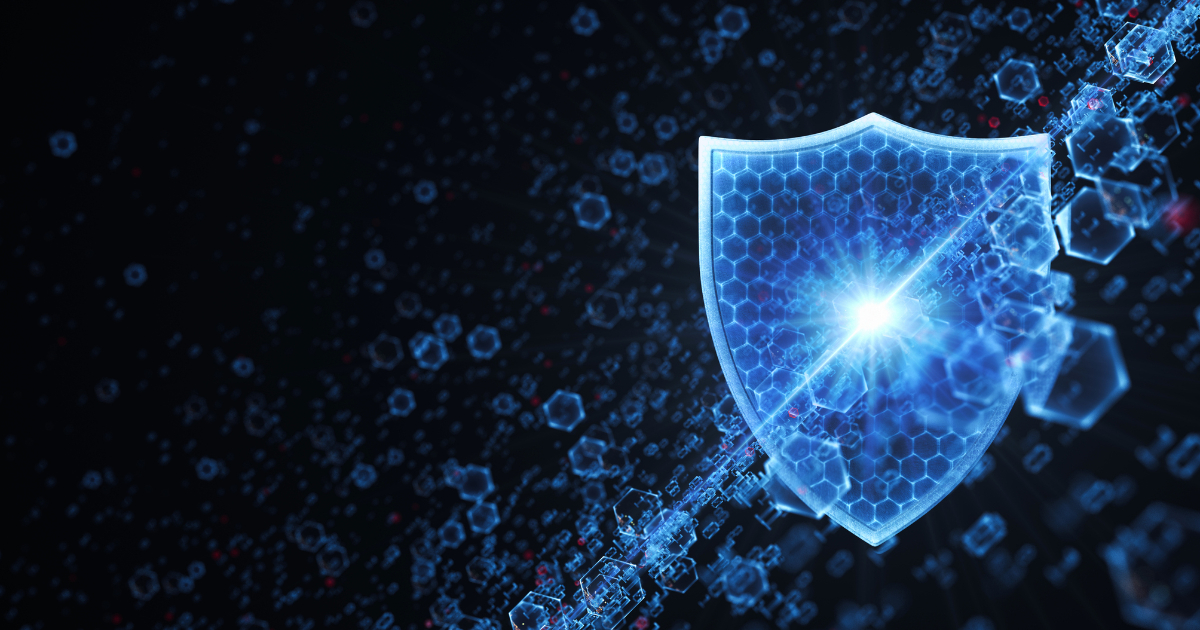Codetown
Codetown ::: a software developer's community
What is vibe coding?
Vibe coding isn’t a formal technical term, but it’s become a slang or colloquial expression among programmers and tech communities—especially on social media and in creative coding circles.
What “vibe coding” usually means:
- Coding based on intuition or feel
Instead of rigidly planning everything out, you’re:- Freestyling as you code
- Trusting your gut
- Letting ideas evolve naturally
- Following the “vibe” of what feels right in the moment
- Flow state or artistic mindset
It’s often associated with being in a flow, where:- You’re fully immersed in the process
- You’re experimenting and playing with ideas
- You might not be solving a defined problem—just exploring
- Aesthetic-driven coding
Especially in creative coding (e.g. making generative art, animations, visuals with tools like p5.js, Processing, or shaders), vibe coding can mean:- Writing code to produce visually interesting or aesthetically pleasing results
- Not optimizing or following best practices strictly
- Prioritizing vibes over efficiency
- Non-serious, low-stakes projects
It often happens during:- Hackathons
- Side projects
- Late-night tinkering
- “Coding for fun” rather than for work
Example in practice:
“I didn’t plan this out—I just started vibe coding and ended up with this weird little game that turns your keyboard into a synth.”
So, vibe coding is more about the mindset and approach to coding than any particular language or framework. It’s spontaneous, creative, and informal.
credit: ChatGPT
Notes
Welcome to Codetown!
 Codetown is a social network. It's got blogs, forums, groups, personal pages and more! You might think of Codetown as a funky camper van with lots of compartments for your stuff and a great multimedia system, too! Best of all, Codetown has room for all of your friends.
Codetown is a social network. It's got blogs, forums, groups, personal pages and more! You might think of Codetown as a funky camper van with lots of compartments for your stuff and a great multimedia system, too! Best of all, Codetown has room for all of your friends.
Created by Michael Levin Dec 18, 2008 at 6:56pm. Last updated by Michael Levin May 4, 2018.
Looking for Jobs or Staff?
Check out the Codetown Jobs group.
InfoQ Reading List
Docker Makes Hardened Images Free in Container Security Shift

Docker has made its catalogue of more than 1,000 hardened container images freely available under an open source licence. Docker Hardened Images were previously a commercial offering launched in May 2025, but are now accessible to all developers under an Apache 2.0 licence with no restrictions on use or distribution.
By Matt SaundersMinIO GitHub Repository in Maintenance Mode: What's Next for the Open Source Object Storage?

After a contentious license change and the removal of administrator functionalities from the console, the company behind the popular open-source object storage server Minio recently announced that the project will now enter maintenance mode. The change has raised discussion in the community about the need for a fork, the challenges of open source projects, and the current alternatives.
By Renato LosioHow Authress Designed for Resilience and Survived a Major AWS Outage

Identity and authentication services company Authress shared its strategy to stay operational during major cloud infrastructure outages like the massive October 2025 AWS outage that disrupted many major services. According to Authress CTO Warren Parad, the company's resilience architecture relies on strategies like multi-region deployment and minimizing reliance on AWS control plane services.
By Sergio De SimoneRunning Modern ES2023 JavaScript Inside Go Using QJS and WebAssembly

QJS is a CGO-free, modern JavaScript runtime for Go that embeds the QuickJS-NG engine in a WebAssembly module and runs it with Wazero, providing Go applications with a sandboxed ES2023 environment with async/await and tight Go–JS interoperability.
By Olimpiu PopAWS Launches Network Firewall Proxy in Preview to Simplify Managed Egress Security

AWS has unveiled the preview of its Network Firewall proxy, a managed service that optimizes proxy management and enhances outbound security for VPCs. Integrated with NAT Gateway, this tool inspects traffic through a three-phase model and supports both TLS interception and centralized models via Transit Gateway. Currently available in East Ohio.
By Steef-Jan Wiggers
© 2025 Created by Michael Levin.
Powered by
![]()
You need to be a member of Codetown to add comments!
Join Codetown